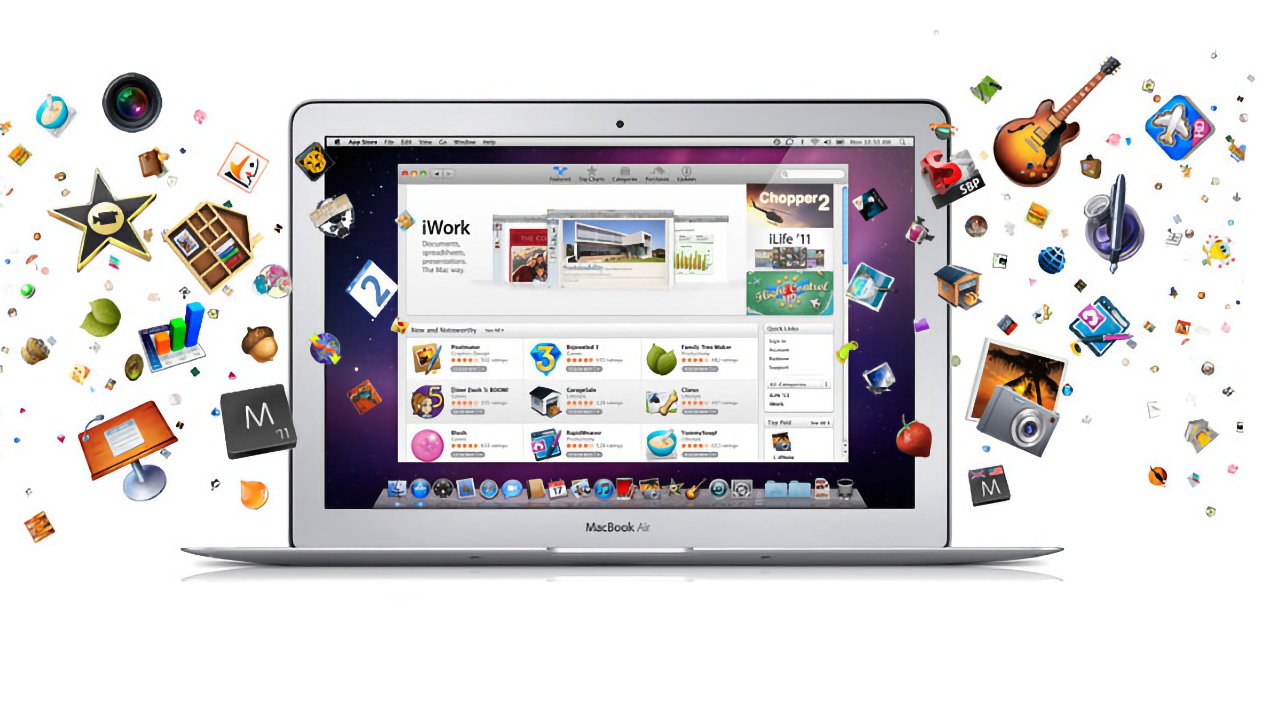A new option in the latest macOS Sequoia developer beta allows users to install Mac App Store downloads on external drives, and run the apps from there.

Apple's original ad for the Mac App Store in 2011
It's a seemingly small change to the third macOS Sequoia developer beta, but it's significant, and it follows a previous attempt to deal with apps and their storage requirements. From the first beta of macOS Sequoia, Apple revised app installations so that during the install, they no longer require twice the storage space of the app itself.
Now if users turn on the option in the Mac App Store, larger apps will automatically download to a nominated location instead of straight into the regular Applications folder. Specifically, if an app is larger than 1GB, it will download to that external drive.
This brings Mac App Store apps in line with how third-party apps have always worked. Third-party apps download to a Mac user's Download folder first, and then can either be run there, or their installers can.
Space saving
The biggest advantage this new option brings is that by being installed on an external drive, apps no longer take up space on the Mac's own internal storage. That's significant because Apple charges over the odds for greater amounts of SSD storage -- and that the amount cannot be increased later.
Consequently, this is an immediate benefit to users with the base configuration of Macs. The minimum storage that can be bought on any Mac today is 256GB, but even that is low, and quite recent models shipped with just 128GB.
Temporary apps
There is also, though, the fact that an app can be tried without adding it to the Applications folder. This has most obviously been a benefit to third-party developers as they test multiple versions of their apps, but it also has uses for casual users.
If there is, for instance, an app that helps them do a certain task they know they'll never need to do again, they can temporarily add it to their Mac and then uninstall it.
That can be done with regular Mac App Store apps being installed to the Applications folder -- but only if the user has permission to install there.
This new option is currently only present in the latest developer beta of macOS Sequoia. It should appear in the next public beta, before the new OS is released officially later this year.